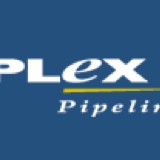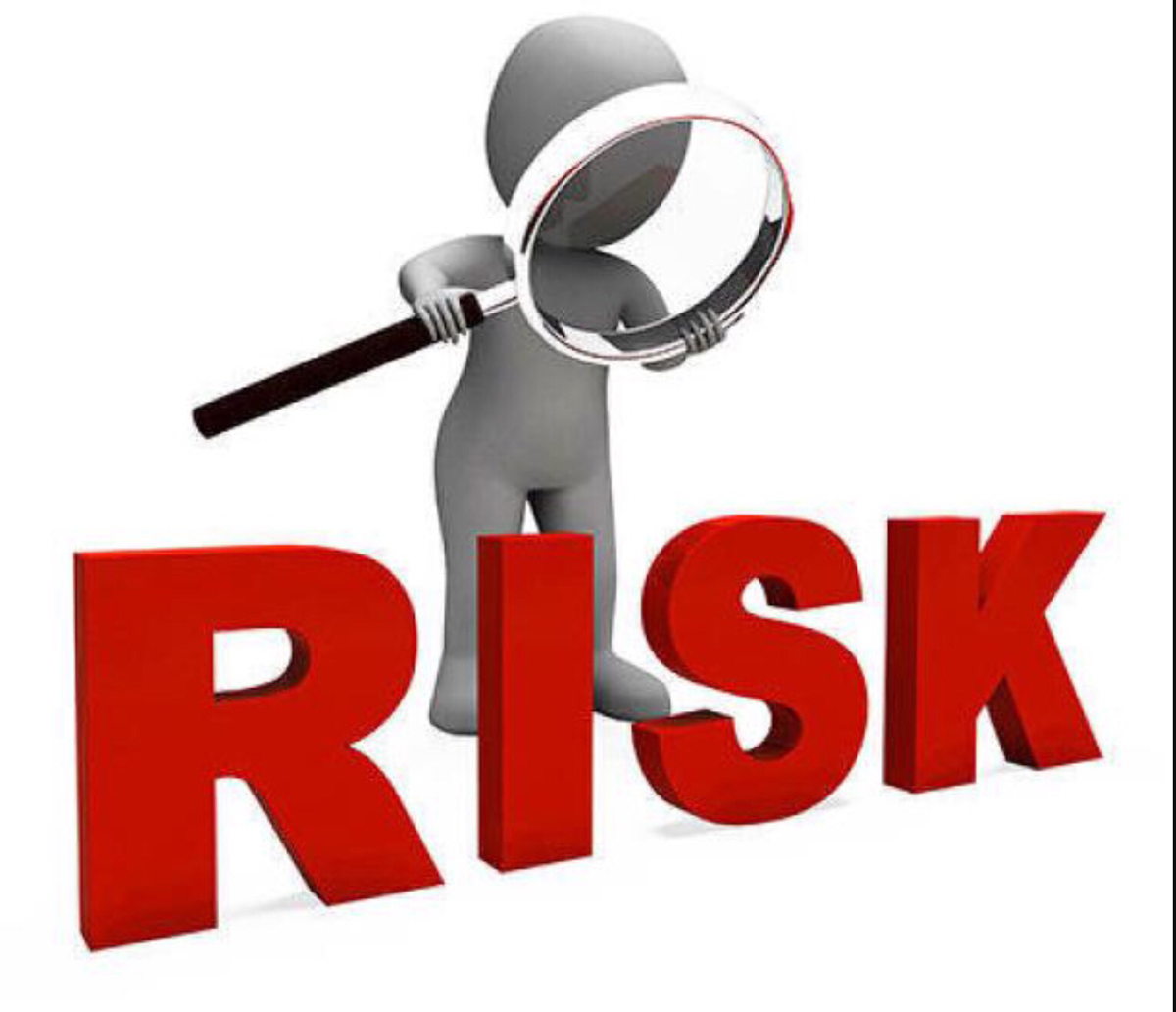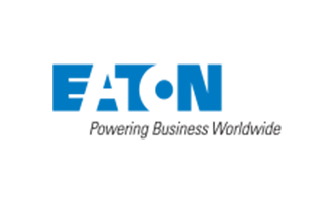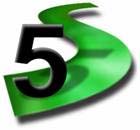Information
-
Audit Title
-
Conducted on
-
Document No.
-
Client / Site
-
Location
-
Personnel
-
Prepared by
-
Overview Shop Pictures
-
Summary of general audit observations:
Explanation of audit scoring
-
All of the following audit questions will be answered in one of three ways:
"Yes" (Green color) - 2 points
(The jobsite performance met or exceeded expectations for this specific audit question.)
"Improve" (Yellow color) - 1 point
(The performance generally met expectations, but some specific improvements are needed.)
"No" (Red color) - 0 points
(The performance failed to meet expectations, or a serious violation was identified.)
If an audit question does not apply to the jobsite's activities, the auditor will select N/A for "not applicable", and no score will be added or subtracted from the audit. (The auditor will typically select to omit these questions from the final audit report.)
Previous inspection
-
Has the last inspection been reviewed, items corrected and results documented?
1. Premises and Housekeeping
Facilities
-
Building and floors
-
Floors clean, not damaged and freed from dirt and other damages
-
Structure, furniture, and equipment in good and safe condition
-
Lighting: natural and artificial
-
Ventilation, adequate, extraction system efficient
-
Ablution facilities,e.g. Toilets, wash basins etc, hygiene,no food in an unauthorised areas
Waste Management
-
Non-Hazardous waste stored and disposed of in a responsible manner
-
Hazardous waste stored and disposed of in a responsible manner
Aisle and Stacking
-
Aisle and storage areas demarcated
-
Access to fire- lighting equipment and electrical switchgear demarcated and unobstructed
-
Stacking: stable, neat and safe
-
Windowsills and cupboards tops clear, heavy objects on the floor
-
Workstation neat and tidy, free from superfluous redundant equipment
-
Scrap and refuse bins provided, separated bins for septet materials where necessary
-
Removal of scraps and refuse controlled
Demarcation
-
Area of scrap and refuse buns demarcated
-
Color coding of pipelines and plant correct, color keyboard prominently displayed
2. Mechanical, Electrical and Personal Safeguarding
Signage
-
Standardised symbolic signs and notices in positions
-
Appropriate electrical warning signs clearly displayed e.g. No unauthorised entry
-
Notices and signs: electrical mechanical, protective equipment, traffic signs and symbolic safety signs
Hazardous Substances
-
Hazardous substances listed and handled/stored using correct procedures
-
Hazardous substances controlled by appointed and trained person
-
Hazardous substances listed alphabetically
-
Staff informed of hazards
-
Radioactive sources handled and maintained by trained personnel using correct procedures
-
Registers maintained
Driven Machinery
-
Operators are in position of a medical fitness certificate
-
Does machinery has an annual inspection sheet available?
-
Operators trained and competent, carry valid operator cards
-
Daily inspection done, signed and available?
Ergonomics
-
Can work done without repetitive twisting, bending or lifting of arms above the shoulders level?
-
Can employees keep their hand and wrists in a neutral position when they are working?
-
If workers have to push or pull objects of using great amounts of force, are mechanical aids provided?
-
Is work arranged so that workers are not required to lift and carry too much weight(no more than 23 kg/employee?
-
Are there sufficient rest breaks (in addition to schedule rest breaks ) to relieve stress from repetitive motion tasks?
-
Are pressure points on body parts(such as wrists, forearms, backs of thighs) avoided?
-
Are workers protected from exposure to excessive vibration from tools or equipment?
-
Are chairs and work benches adjusted, position and arranged to minimise strains on the body?
-
Are tools, instruments and machinery shaped, positioned, and handled so that tasks can be performed comfortably?
-
Are mechanical assists available to the worker performing material handing tasks?
Personal Protection
-
Adequate equipment provided for eye and face protection and use correctly
-
Safety foot ware provided and where necessary and used
-
Adequate protective clothing provided, clean and in good condition
-
Risk assessment done
-
Head protection provided where necessary and used correctly
-
Suitable respirator equipment provided where necessary and used correctly
-
Registers for issue of all protection protective equipment maintained
-
Staff signed acceptance of rules
-
Approved hearing protection provided and worn as required
-
Noise zones identified
-
Appreciate hand protection provided where necessary and used
Electrical Safety
-
Earth leakage available
-
Earth leakage protection test carried out by a trained/competent person
-
General electrical installation ( I.e. Fixed installation, no plugs) safe in good condition
-
Registers maintained
Hand Tools
-
Hand tools are properly stored and I good condition
-
Registers maintained
-
Do all power tools visually appear to be in good working order( no obvious physical defect, missing ground prong, cracked cars, etc)?
-
Are the switches operating properly (move freely, don't get hung up, etc)?
-
Are employees storing hand tools properly, (not leaving them stern on work benches, resting on material, left on floor, etc)?
-
Have lockout/tag out procedure been used for defective tools or extension cords?
Machine Guarding
-
Are machine guards firmly secured and not easily removable?
-
Are all point-of-operations guards provided, in place and properly adjusted?
-
Are belts and chains drives guarded?
-
Are all gears, speakers, pulleys and flywheels properly guarded?
-
Have pinch points and inward running rollers properly guarded
-
Do the guards prevent workers hand or other body parts from making contact with other moving parts of the machine?
3. Management of Fire and Other Emergency Risk
Fire Risk Management
-
Fire extinguishing equipment adequate and correctly located
-
Register maintained
-
Location of fire extinguishing equipment clearly marked, equipment unobstructed(0.5 x 1m)
-
Fire extinguishing equipment identified labeled, inspected annually and maintained
-
Date of next service
-
Flammable material stored correctly as authorised and approved by fire department
-
Smoke detectors/other early warning systems in place.
-
At least stuff member per 20 employees trained in use of fire extinguisher and evacuation procedures.
-
Fire drill done at least annually
Emergency Management
-
Staff aware of alarm signals
-
Written emergency action plan available, communicated, understood and acknowledged by staff.
-
Signed registers
-
1 trained first aider per 20 employees in possession of valid competent certificate and appointed
-
Name of first aider displayed
-
First aid box and equipment adequate and in good condition, located clearly marked
Security Management
-
Is there control of persons and vehicles on entry and exits of the facility?
-
Daily operations recorded in site OB
Emergency Planning
-
Emergency plan available
-
Site plan available
-
MSDS and Chemicals spill plan/procedures available
4. Incident Recording and Investigation
Incident Recording
-
Reporting incidents include events where any person: dies, becomes unconscious, suffers the loss of limb or part thereof or is otherwise becomes injured or becomes I'll to such a degree that he/she is likely to either to die, or suffer a permanent physical defect or likely to be unable for a period of at least 14 days either to work or to continue with activity for which he/she was employed or is usually employed
-
Records Available
Statistics and Follow up
-
Injury statistics kept for each months
-
Annual statistics available
5. Organizational Management
Compliance Management
-
Occupational Health, Safety and environmental management policy available?
-
Communicated to all employees and signed registers available
-
OHSE risk and impact assessment available?
-
Communicated to all employees and signed register available
-
OHSE plan available
-
Communicated to all employees and signed register available
Appointments
-
Signed appointments available
Safety Committee
-
Regular meetings held (at least once 3 months )
-
Minutes and records of meetings keep on file
-
Health and Safety committee established
Safety Awareness
-
Regular toolbox talks held? ( at least once per week)
-
Signed attendance registers available
-
Safety awareness posters displayed
Training
-
Training matrix kept and maintained
-
Training records /certificates available
Contractor Control
-
List of contractor available
-
Contractors safety documentation available onsite
Safety Work Procedures
-
Written safe work procedure/codes of practice available
-
Communicated and signed registers available
6. Industrial Hygiene
Hearing Conservation
-
Have noise levels in all areas been evaluated to determine if they are below 85 decibels for an 8 hour time-weighted average?
-
Have all employees exposed to over 85 dB TWA been included in a hearing conservation program?
-
(Areas above 90 decibels 8hr TWA) Are employees required to wear hearing protection, and is it well stock and readily available?
-
(Hearing conservation program) Has annual audiometric testing been provided for employees in the program?
-
Are signs clearly posted for all areas where hearing protection is required?
7. Administrative
Required Postings - Labor Laws and policy
-
Are the state and labor law posters current, and is the required employer information filled out and up to date?
Morning Huddle and Near Miss Incident Reporting
-
Are employees following the Morning Huddle process and filling out the documentation correctly?
-
Are employees able to explain the AWS definition of a Near Miss incident?
-
Do workers conduct stretch & flex exercises daily to prevent repetitive motion injuries (if exposed to strains and sprains)?
-
Are employees actively reporting and documenting Near Miss incidents and their corrective actions?
-
Are identified corrective actions still in place for recent Near Miss incidents?
Management Engagement and Employee Involvement
-
Have all the managers received formal training in safety and health management responsibilities?
-
Do management personnel consistently enforce and reinforce safe work practices through their words and actions?
-
Do employees feel they have a positive impact on identifying and resolving safety and health issues?
-
Can a majority of employees can give examples of management's active commitment to safety and health?
8. Office Areas
-
Are the office aisles, walkways, and work areas free of trip and fall hazards (i.e. torn carpets, flipped door mats, boxes etc.)?
-
Do all office areas have 36” clearance maintained in front of any electrical panels and fire extinguishers?
-
Are electrical cords, plugs, and power strips in good condition (not frayed, taped, spliced, or ground prong missing)?
-
Are computer work stations and work area ergonomically correct, and are workers following safe work practices?
-
Have possible struck-by hazards been identified and resolved (closed cabinet doors, file drawers, etc)?
-
Are all items stored properly (e.g.: heavy items on lower shelves, shelves stable and evenly distributed, etc.)?
Outdoor storage / Yard
-
Are the grounds well groomed (snow & ice removed, grass mowed, weeds controlled, etc.)?
-
Are items stored neatly in a logical fashion (accessible, accounted for, assigned to specific jobs, etc.)?
-
Are flammable liquids and compressed gasses properly stored?
-
Are all other recognized hazards resolved in an appropriate manner?
Unsafe acts and conditions - OSH Act Section 5(a)(1) (General Duty Clause)
-
Are all employees following safe work practices for all items not specifically identified in this audit?
-
Have employees been receptive and responsive to any issues identified during the audit?
Safety representative Signature
-
Representative
Auditor Signature
-
Auditor












